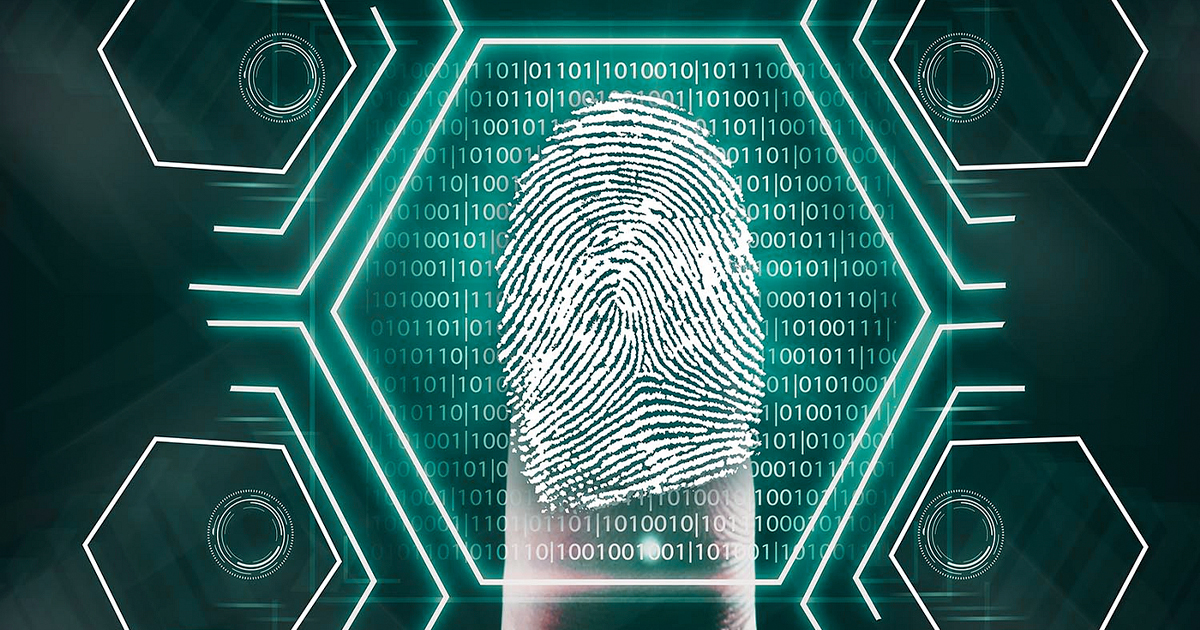The increasing popularity of biometric authentication, particularly facial recognition and fingerprint scanning, is transforming the landscape of security and convenience in a multitude of industries. This technology is revolutionizing the way people access their devices, conduct financial transactions, and even authenticate their identities at airports. As the adoption of biometric systems continues to grow, it is essential to explore the potential benefits and drawbacks of this new era in authentication methods. This article will delve into the factors contributing to the rise of biometric authentication, the potential impact on security and convenience, and the challenges that need to be addressed.
The Growing Appeal of Biometric Authentication
Biometric authentication is the process of verifying an individual’s identity based on their unique physical or behavioral characteristics. Facial recognition and fingerprint scanning are two of the most widely used methods, with voice recognition, iris scanning, and even gait analysis also gaining traction.
Several factors contribute to the increasing popularity of biometric authentication:
- Enhanced Security: Biometrics provide a higher level of security compared to traditional authentication methods, such as passwords and PINs. Physical traits are challenging to replicate, and their uniqueness reduces the chances of unauthorized access.
- Improved Convenience: Biometric systems offer a faster and more seamless user experience. Users no longer need to remember complex passwords or carry multiple identification cards, as their biometric data can serve as their identity.
- Technological Advancements: Rapid advancements in artificial intelligence, machine learning, and sensor technology have made it possible to develop more accurate and reliable biometric systems, further fueling their adoption.
Potential Impact on Security and Convenience
As biometric authentication becomes more prevalent, several key areas are expected to benefit from enhanced security and convenience:
- Personal Devices: Smartphones, laptops, and other personal devices are increasingly equipped with fingerprint scanners and facial recognition systems, ensuring a higher level of security and ease of use.
- Financial Services: Banks and financial institutions are adopting biometric authentication for transactions and customer verification, reducing the risk of fraud and identity theft while streamlining the user experience.
- Border Control and Immigration: Airports and border control agencies are incorporating facial recognition and other biometrics to automate the identification process, improving efficiency and reducing the potential for human error.
- Workplace Security: Biometric systems can be used to control access to sensitive areas in a company, ensuring that only authorized personnel can gain entry.
Challenges and Concerns
Despite the numerous advantages, biometric authentication also presents several challenges and concerns:
- Privacy Issues: The collection and storage of biometric data raise significant privacy concerns. Users must trust that organizations will handle their sensitive information responsibly and securely, without misuse or unauthorized access.
- Data Security: As biometric databases grow, they become increasingly attractive targets for cybercriminals. It is crucial to ensure that biometric data is stored and transmitted securely to prevent breaches.
- False Positives and Negatives: No biometric system is foolproof. False positives (incorrectly granting access) and false negatives (wrongly denying access) can occur, potentially compromising security or causing inconvenience.
- Ethical Considerations: The widespread use of biometric technology raises ethical questions, particularly surrounding consent, surveillance, and potential discrimination.
Summary
The rising popularity of biometric authentication, including facial recognition and fingerprint scanning, is set to have a profound impact on security and convenience across various industries. While the potential benefits are immense, it is crucial to address the challenges and concerns associated with this technology. Developing comprehensive guidelines and regulations to govern the use, storage, and transmission of biometric data will be vital in ensuring that this technological revolution is both secure and beneficial for all.
